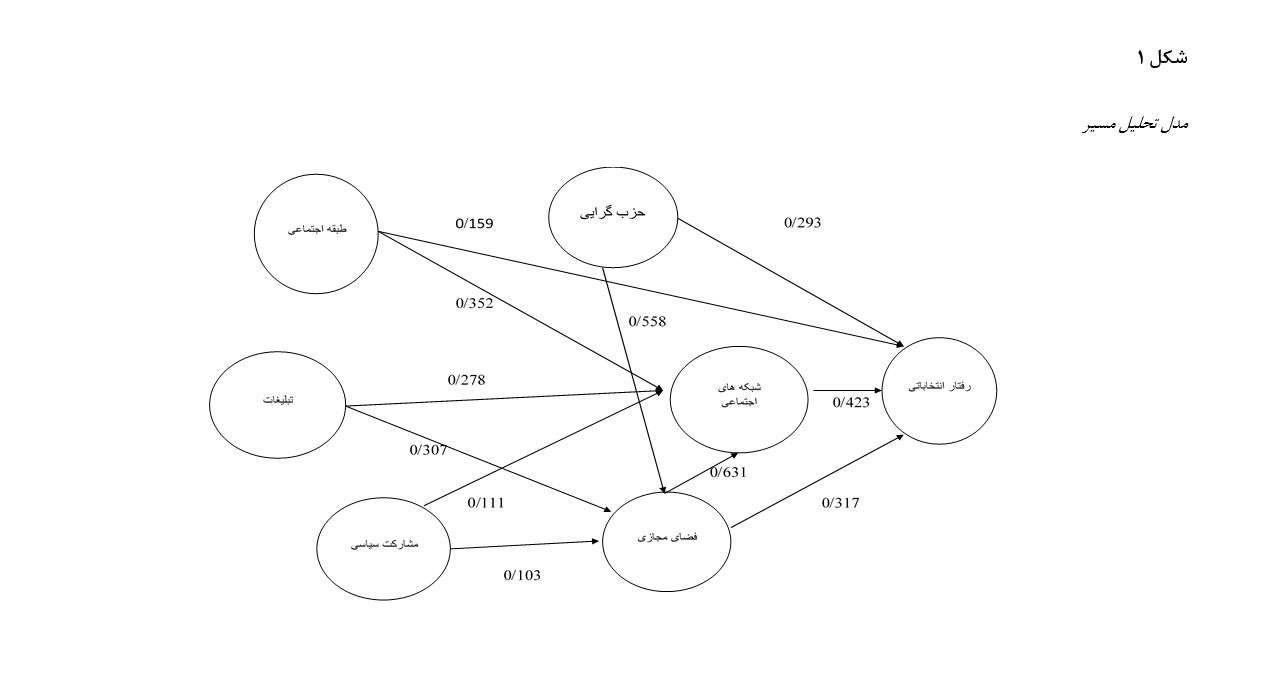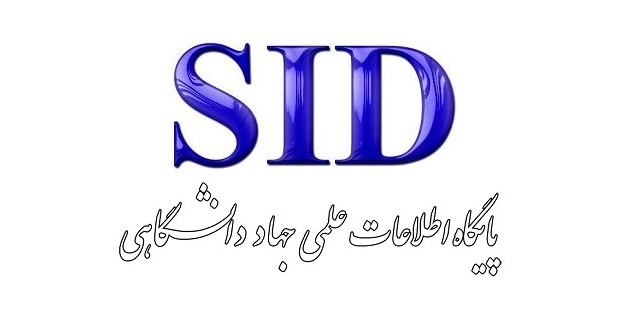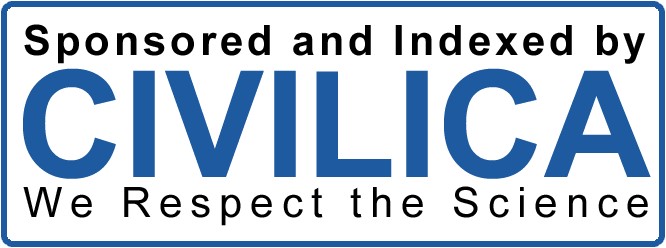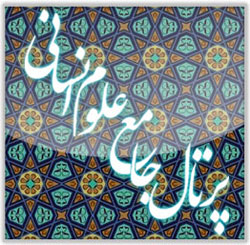The Impact of Social Media and Cyberspace on Citizens’ Electoral Behavior with an Emphasis on Political Participation in the 13th Presidential Election (in the Electoral Districts of Qasr-e Shirin, Sarpol-e Zahab, and Gilan-e Gharb)
Keywords:
social media, political participation, electoral behavior, 13th presidential electionAbstract
The primary objective of this study is to examine the extent to which social media influences the electoral behavior of citizens, with a specific focus on political participation in the 13th presidential election within the electoral districts of Qasr-e Shirin, Sarpol-e Zahab, and Gilan-e Gharb in Kermanshah Province. The research method employed was a survey approach using a researcher-developed questionnaire. The statistical population consisted of citizens over the age of 18 from the Qasr-e Shirin electoral district who participated in the 2021 presidential election. A multi-stage cluster sampling method was utilized, and the sample size was determined to be 378 individuals based on Cochran’s formula. Data were analyzed in both descriptive and inferential sections using SPSS software. The research findings indicate that there is a significant relationship between background variables such as education, social class, and political orientation and electoral behavior. Additionally, a significant relationship was observed between the main independent variables of the study (political participation and social media) and electoral behavior. Path analysis findings, which assess direct and mediating effects, also reveal that political participation had the strongest effect—0.82—on electoral behavior. Furthermore, the coefficient of determination was 0.72, indicating that 72% of the variance in the dependent variable (electoral behavior) is explained by the independent variables (social media and political participation).
Downloads
References
Alhoyrdi Zadeh, R., Naeiji, M., & Enayati Shabkalai, A. (2020). Determining the electoral behavior of ethnic groups in the eleventh presidential election of Iran (case study: Baluch and Turkmen ethnic groups). Quarterly Journal of Communication Research, 26(3), 185-205.
Barabasi, A. L. (2010). Bursts: The hidden pattern behind everything we do. New York: Dutton Books.
Christakis, N., & Fowler, J. (2009). Connected: The surprising power of social networks and how they shape our lives. Boston: Little, Brown and Company.
Dehghani, H. (2019). Explaining the electoral behavior of citizens in Isfahan with an emphasis on the Columbia and Michigan models: A case study. Scientific Quarterly of Strategic Studies in Public Policy, 9(33), 170-191.
Downs, A. (1957). An Economic Theory of Democracy. New York: Harper Row.
Erisen, E., & Erisen, C. (2008). A report on the social network battery in the 2006 ANES pilot study.
Fallahi, A. (2011). Investigating the tendency of social classes towards democracy Faculty of Law and Social Sciences, University of Tabriz].
Harary, F. (1969). Graph Theory. Reading, MA: Addison-Wesley. https://doi.org/10.21236/AD0705364
Hoepers, B. (2020). Government Advertising, Political Behavior, and Electoral Effects in Brazil.
Huckfeldt, R., & Sprague, J. (1995). Citizens, politics, and social communication. New York: Cambridge University Press. https://doi.org/10.1017/CBO9780511664113
Jih-Hsuan, L. (2016). Differential gains in SNSs: effects of active vs. passive Facebook political participation on offline political participation and voting behavior among first-time and experienced voters. Asian Journal of Communication, 26(3), 278-297. https://doi.org/10.1080/01292986.2016.1148184
Karimi Malah, A., & Tabarsoteh, M. S. (2019). Political sociology of electoral behavior in Kurdistan Province (from the first to the twelfth presidential elections). Sociology of Social Issues in Iran(7), 130-150.
Kasenally, R., & Awatar, D. (2017). Social Media, Elections and Political Engagement: The 2014 General Election in Mauritius. Journal of African Elections, 16(2), 47-70. https://doi.org/https://doi.org/10.20940/JAE/2017/v16i2a3
Lee, S., Nanz, A., & Heiss, R. (2022). Platform dependent effects of incidental exposure to political news on political knowledge and political participation. Computers in human Behavior, 127, 107048. https://doi.org/https://doi.org/10.1016/j.chb.2021.107048
Mousavi, S. Y., Ghorbanpour Ganjii, S. Y., & Mahdavi, M. S. (2019). Social factors affecting electoral behavior: The case of the presidential election in Mazandaran Province. Quarterly Journal of Social-Cultural Development Studies, 8(1), 187-215.
Munir, S. (2018). Social Media and Shaping Voting Behavior of Youth: The Scottish Referendum 2014 Case. The Journal of Social Media in Society, 7(1), 253-279.
Ohme, J. (2019). When digital natives enter the electorate: Political social media use among first-time voters and its effects on campaign participation. Journal of Information Technology & Politics, 3-18. https://doi.org/https://doi.org/10.1080/19331681.2019.1613279
Sharmaa, B. K., & Parma, S. (2016). Impact of Social Media on Voter's Behaviour-a Descriptive Study of Gwalior, Madhya Pradesh. International Journal of Research in Computer Science and Management, 4(1), 5-8.








